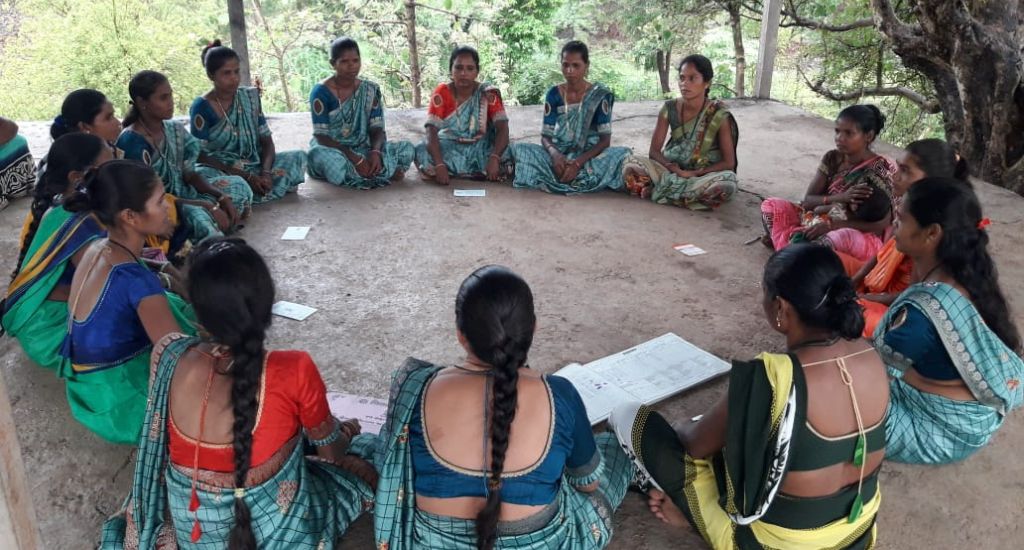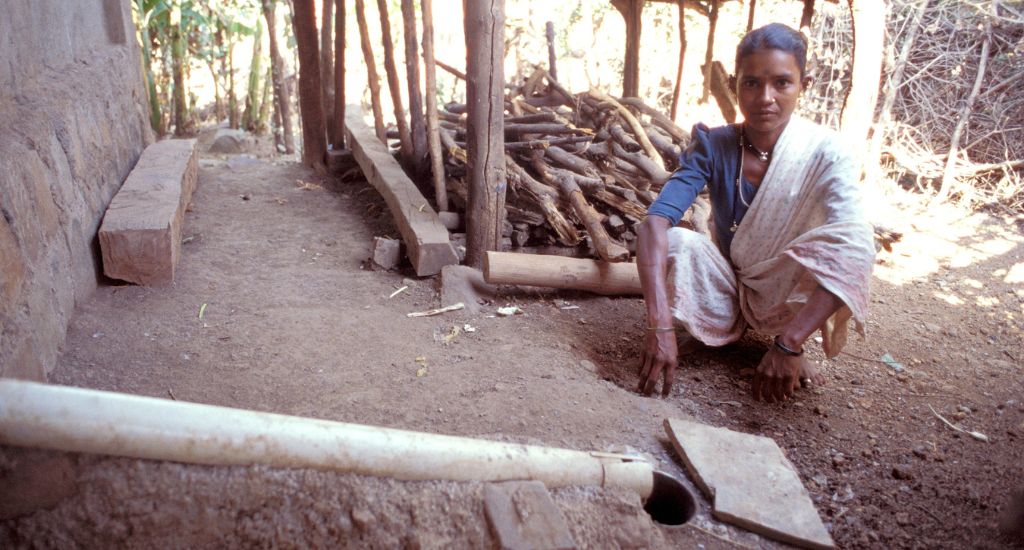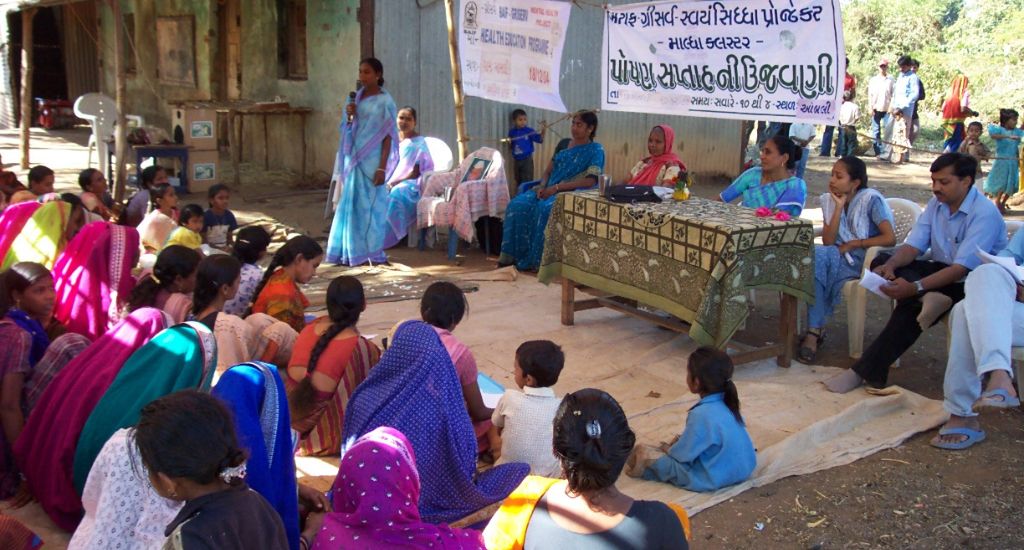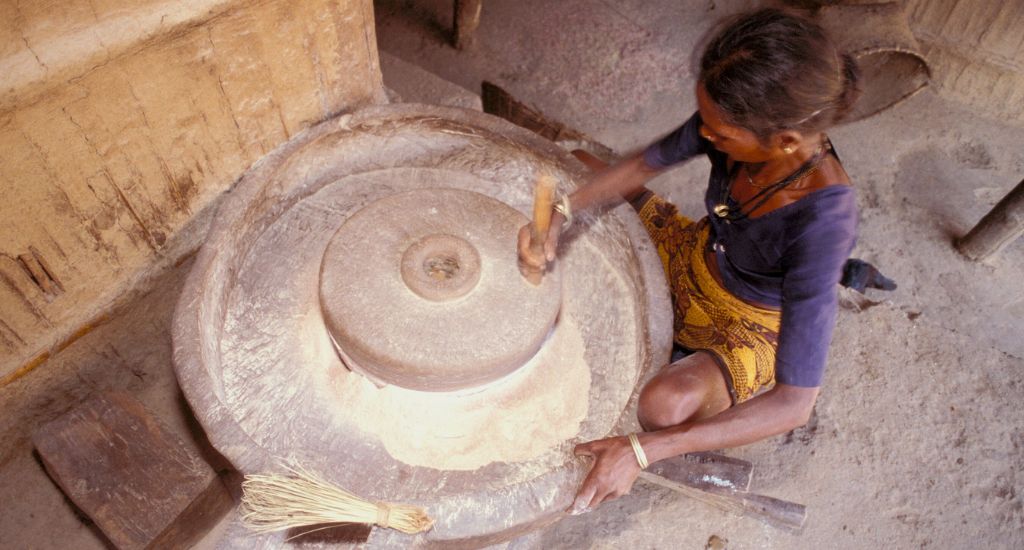
Self-help groups – learning from the roots
While the reasons that motivate women to join self-help groups are the same, developing each group through a facilitative process instead of on a pre-conceived concept works better.

While the reasons that motivate women to join self-help groups are the same, developing each group through a facilitative process instead of on a pre-conceived concept works better.
Nanda Kuluch of Boriaindi village and Aruna Chavan of Dahitne village in Pune district of Maharashtra are founder members of a self-help group (SHG). Both of them belong to different Scheduled Caste communities. They formed the SHG when they were training to become balwadi teachers.
Like the two, there are thousands of women across India who have become members of different self-help groups. They have their own reasons that motivate them.
Kuluch and Chavan hoped that the SHG would give them a base for forging ties, and enable them to save the meagre income they were generating without the knowledge of their family. They wanted to have social belonging and mutual support from others like them.

Ramtiben and Parvatiben are two tribal women from Ghodmal village in the Vansda administrative block of Navsari district in Gujarat. They are the founding members of a self-help group formed by 10 women living in a neighbourhood. The idea was conceived when they started coming together in a health education programme. They formed the SHG to improve their lives with mutual support.
This is seen as the primary reason that has prompted women to form and nurture SHGs in thousands of villages in programmes implemented by various organisations across India. The motivation that drives women to form SHGs is to improve their lives, to be a part of neighbourhood solidarity groups where they could be of mutual support to each other, to keep their small savings ‘safe’ and to be able to fight against social evils like moneylending and liquor addiction.
Also Read | Self-help groups effect social change in villages
It is these drives that have made SHGs a women’s movement.
The SHG as a base of mutual solidarity has provided an opportunity for women to tackle debt redemption, help in their wards’ education and provide for sudden expenses such as medical emergencies.

It is this coming together and staying together in a mutual support group that has helped in the formation of a ‘social equity’ – a social capital that can be leveraged for any purpose relevant in the local context. In most cases, the purposes to which the social capital was applied were far different from economic ones, though economic activity also formed one of the applications of social equity.
The form and function of these SHGs thus varied. They were sometimes compact neighbourhood groups or spread out over similar social classes across neighbouring hamlets, having varying numbers of membership base, with or without bank accounts and so on.
Each SHG was nurtured and evolved according to ‘its own genius’ and never according to a pre-conceived design imposed on it externally. The nurturing was done through a facilitative process carried out by the promoting organisation and not by a pre-meditated design. And therein lies the strength of the programme.
It was to the credit of the early mainstream institutions such as National Bank for Agriculture and Rural Development (NABARD) and Reserve Bank of India (RBI) that they did not strait-jacket the programme in its fledgling stage, but allowed it to flower in a thousand blossoms.

Unfortunately, such pre-meditated structuring of SHGs, as was conceived later through programmes such as Swarnajayanti Gram Swarozgar Yojana (SGSY) and its successors, made it a ‘god that failed’.
Also Read | How village organizations effect change in rural India
It will be worth learning from the past foundational experience of the SHG movement that we understand the spirit of the programme and avoid repeating the mistakes that scuttled it.
The lead image at the top shows SHG members in a neighbourhood group at Kaprada taluka of Valsad district in Gujarat. (Photo by Jayantibhai Mori)
Girish Sohani, a mechanical engineer and a post-graduate in business management, has been closely associated with the development sector for over 40 years and currently serves as a trustee and principal advisor at BAIF Development Research Foundation.